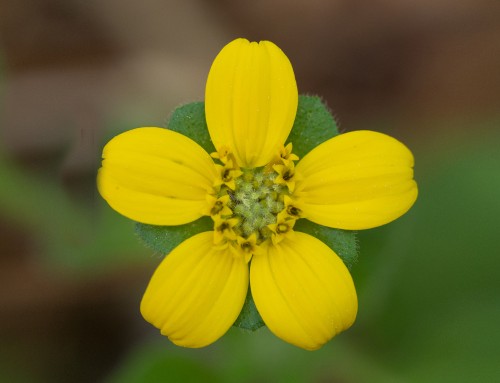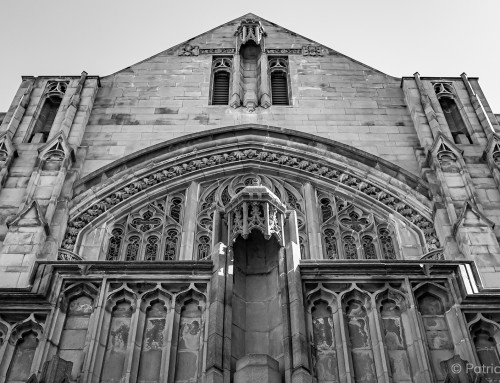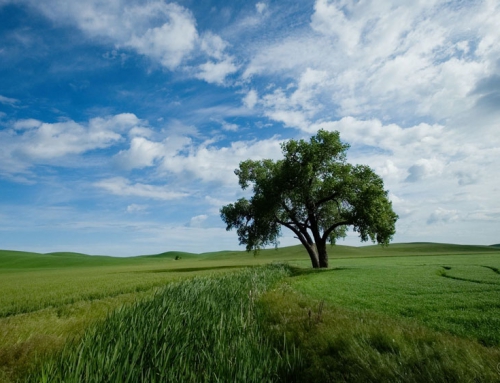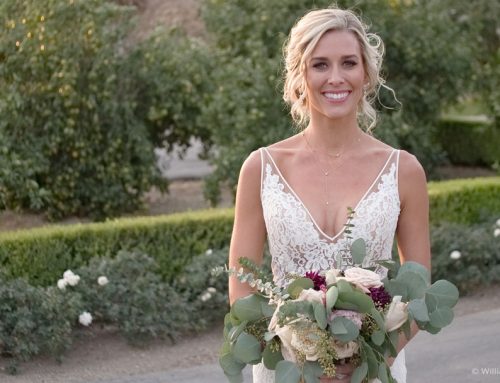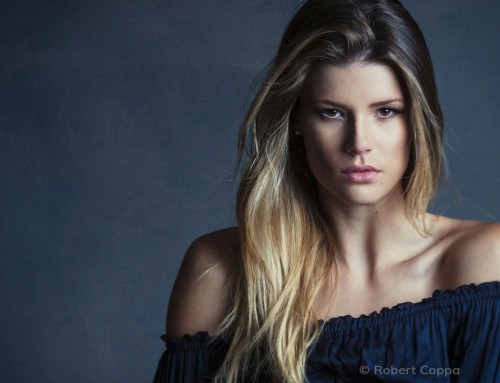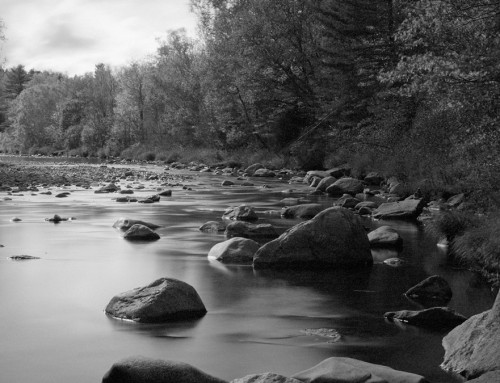Learn how to apply vignettes to your photos. This video shows you how to create well balanced vignette effects. Vignettes are great creative tools to subtly focus attention on the subject.
Photo: Oleg Kim
Transcript
Natural Vignettes
Photo vignettes darken and can even desaturate the edges of an image. The effects are more pronounced when images are shot using a wide aperture. Vignettes aren’t always a desirable effect, especially if they produce strong or uneven coloring. Check out our Lens Distortion and Vignetting video for details on removing unwanted vignettes.
Presets are a great way to creatively experiment. Open the list to preview how the effects will look when applied to your image.
Vignette Controls
The Amount slider adjusts the vignette strength. It ranges from -100 to 100. Positive values darken the edges. Negative values lighten edges. At zero, the vignette isn’t visible and all the other controls are disabled.
It can be helpful to turn the Amount slider all the way up or down when creating a vignette, so it’s easier to visualize the adjustments you make. After the controls for the shape are set, readjust the Amount slider to make the effect more subtle.
Softness controls how the image fades into the edge of the vignette. Low softness makes it easier to see the effects of the other controls.
By default the vignette is positioned at the center of your photo. You can move it with the vignette location control. Move the cursor to the preview window and click the mouse when you have the placement just right.
With the shape of the vignette set, make adjustments to reduce its strength. As you do this, press the backslash key to compare with the original image.
Creative Vignettes
An irregular vignette shape can give the photo an organic, hand-made feel. Introduce abnormalities in the vignette edge with Distortion. Adjust their appearance with Lump Size.
The lump size and distortion amount help the vignette fit better with the photo. To avoid repetition, the Random Seed button allows you to vary the look of the distortion in the vignette. Click it a few times to find a look that works well with your photo. The number next to the button allows you to reproduce a particular distorted look later.
When you find a look that you like, you can save it as a custom preset. This will record the vignette parameters, so you can apply the same thing again in the future. Click Manage Presets, then Save as a Preset.
Increasing Intensity
When applying strong vignette effects, look for areas that are unevenly darkened. Brighter areas along the edges can lead the viewer’s eye off the edge of the photo instead of focusing attention on the subject.
A great way to strengthen vignette intensity without creating an unbalanced look is to apply vignette effects in multiple layers. The workflow is simple, and the masking tools provide lots of control. In the Layer’s panel, right-click and duplicate the layer with the vignette adjustments.
This layer copy will strengthen the vignette significantly. To vary the look, open the Vignette panel and make some tweaks. You can also use layer masks to apply the darkening along the top edge at full strength with a seamless blend into the existing photo near the horizon.





